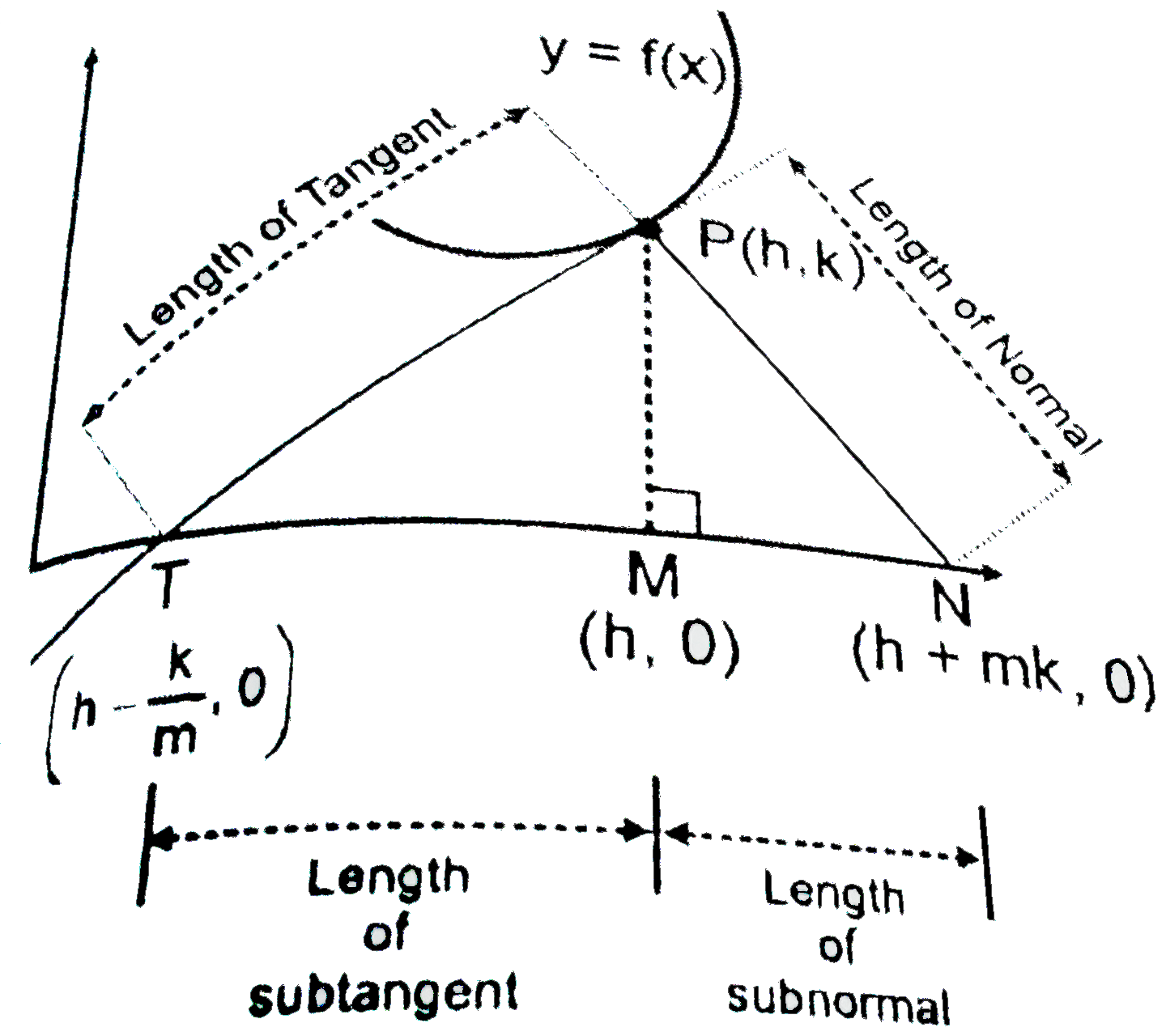For every twice differentiable function f:R→[−2, 2] with (f(0))2+(f′(0))2=85 , which of the following statement(s) is (are) TRUE? There exist r, s∈R where r<s , such that f is one-one on the open interval (r, s) (b) There exists x0∈(−4, 0) such that ∣∣f′(x0)∣∣≤1 (c) (lim)x→∞f(x)=1 (d) There exists α∈(−4, 4) such that f(α)+f(α)=0 and f′(α)≠0
There exist r,s S∈R where r<s such that f is one -one on the open interval (r,s)
There exist xo∈(−4,0) such that |f'(xo)|≤1
limx→∞f(x)=1
There exists α∈(−4,4) such that f(α)+f''(α)=0 and f'(α)≠=0
The correct Answer is:A, B, D
Step by step video, text & image solution for For every twice differentiable function f: R->[-2,\ 2] with (f(0))^2+(f^(prime)(0))^2=85 , which of the following statement(s) is (are) TRUE? There exist r ,\ s in R where r<s , such that f is one-one on the open interval (r ,\ s) (b) There exists x_0 in (-4,\ 0) such that |f^(prime)(x_0)|lt=1 (c) (lim)_(x->oo)f(x)=1 (d) There exists alpha in (-4,\ 4) such that f(alpha)+f"(alpha)=0 and f^(prime)(alpha)!=0 by Maths experts to help you in doubts & scoring excellent marks in Class 12 exams.
Updated on:21/07/2023Topper's Solved these Questions
- APPLICATION OF DERIVATIVESBook:RESONANCEChapter:APPLICATION OF DERIVATIVESExercise:Exersise-3 Part II
Explore 22 Videos
- APPLICATION OF DERIVATIVESBook:RESONANCEChapter:APPLICATION OF DERIVATIVESExercise:High Level Problems (HLP)
Explore 33 Videos
- APPLICATION OF DERIVATIVESBook:RESONANCEChapter:APPLICATION OF DERIVATIVESExercise:Exersise-2 Part IV comprehension
Explore 11 Videos
- COMBINATORICSBook:RESONANCEChapter:COMBINATORICSExercise:Exercise-2 (Part-II: Previously Asked Question of RMO)
Explore 8 Videos
Similar Questions
Given P(x) =x4+ax3+bx2+cx+d such that x=0 is the only real root of P'(x) =0 . If P(-1) < P(1), then in the interval [−1,1]
View SolutionFind the interval in which f(x)=x√4ax−x2,(a<0) is decreasing
View SolutionLet P (h,K) be any point on curve y=f(x). Let tangent drawn at point P meets x-axis at T & normal at point P meets x-axis at N (as shown in figure) and m =dydx](h,k)) = shope of tangent.

(i) Length of tangent =PT =|K|√1+1m2
(ii) Length of Normal =PN +|K|√1+m2
(iii) Length subtangent = Projection of segment PT on x-axis =TM=∣∣∣km∣∣∣
(iv) Length of subnormal =Projection of line segment PN on x-axis =MN =|Km|
Find the product of length of tangent and length of normal for the curve y=x3+3x2+4x−1 at point x=0
View SolutionFind the number of all 6-digit natural numbers such that the sum of their digits is 10 and each of the digits 0,1,2,3 occurs at least once in them.
View SolutionLet f be a real-valued function defined on interval (0,oo),by f(x)=lnx+int_0^xsqrt(1+sint).dt. Then which of the following statement(s) is (are) true? (A). f"(x) exists for all in (0,oo)." " (B). f'(x) exists for all x in (0,oo) and f' is continuous on (0,oo), but not differentiable on (0,oo)." " (C). there exists alpha>1 such that |f'(x)|<|f(x)| for all x in (alpha,oo)." " (D). there exists beta>1 such that |f(x)|+|f'(x)|<=beta for all x in (0,oo).
View SolutionStatement 1: If f(x) is differentiable in [0,1] such that f(0)=f(1)=0, then for any λ∈R, there exists c such that f′(c)=λf(c),0<c<1. statement 2: if g(x) is differentiable in [0,1], where g(0)=g(1), then there exists c such that g′(c)=0,
View SolutionLet f be a twice differentiable function on [0,2] such that f(0)=0,f(1)=2,f(2)=4, then prove that f′(α)=2 for some α ∈(0,1) f′(β)=2 for some β ∈(1,2) f''(γ)=0 for some γ ∈(0,2)
View SolutionFor every twice differentiable function f:R→[−2, 2] with (f(0))2+(f′(0))2=85 , which of the following statement(s) is (are) TRUE? There exist r, s∈R where r<s , such that f is one-one on the open interval (r, s) (b) There exists x0∈(−4, 0) such that ∣∣f′(x0)∣∣≤1 (c) (lim)x→∞f(x)=1 (d) There exists α∈(−4, 4) such that f(α)+f(α)=0 and f′(α)≠0
View SolutionLet f:(0, π)→R be a twice differentiable function such that (lim)t→xf(t)sinx−f(x)sintt−x=−sin2x for all x∈(0, π) . If f(π6)=−π12 , then which of the following statement(s) is (are) TRUE? f(π4)=π4√2 (b) f(x)<x46−x2 for all x∈(0, π) (c) There exists α∈(0, π) such that f′(α)=0 (d) f''(π2)+f(π2)=0
View SolutionLet f be defined on R by f(x)= x^(4)sin(1/x) , if x!=0 and f(0)=0 then (a) f'(0) doesn't exist (b) f'(2-) doesn't exist (c) f'' is not continous at x=0 (d) f''(0) exist but f'' is not continuous at x=0
View SolutionLet f be defined on R by f(x)=x^(4)sin(1/x) , if x!=0 and f(0)=0 then (a) f'(0) doesn't exist (b) f'(2-) doesn't exist (c) f'' is not continous at x=0 (d) f''(0) exist but f''' is not continuous at x=0
View SolutionA function f:R→R satisfies that equation f(x+y)=f(x)f(y) for all x, y∈R , f(x)≠0 . Suppose that the function f(x) is differentiable at x=0 and f′(0)=2 . Prove that f′(x)=2 f(x) .
View SolutionLet f:R→R satisfying |f(x)|≤x2,∀x∈R be differentiable at x=0. Then find f′(0).
View SolutionStatement 1: If f(x) is differentiable in [0,1] such that f(0)=f(1)=0, then for any λ∈R, there exists c such that f′(c)=λf(c),0<c<1. statement 2: if g(x) is differentiable in [0,1], where g(0)=g(1), then there exists c such that g′(c)=0,
View SolutionLet f be a real-valued function defined on interval (0,∞),by f(x)=lnx+∫x0√1+sint.dt. Then which of the following statement(s) is (are) true? (A). f"(x) exists for all ∈ (0,∞). (B). f'(x) exists for all x ∈ (0,∞) and f' is continuous on (0,∞), but not differentiable on (0,∞). (C). there exists α>1 such that |f'(x)|<|f(x)| for all x ∈ (α,∞). (D). there exists β>1 such that |f(x)|+|f'(x)|≤β for all x ∈ (0,∞).
View SolutionFor every twice differentiable function f:R→[−2, 2] with (f(0))2+(f′(0))2=85 , which of the following statement(s) is (are) TRUE? There exist r, s∈R where r<s , such that f is one-one on the open interval (r, s) (b) There exists x0∈(−4, 0) such that ∣∣f′(x0)∣∣≤1 (c) (lim)x→∞f(x)=1 (d) There exists α∈(−4, 4) such that f(α)+f(α)=0 and f′(α)≠0
View Solution
